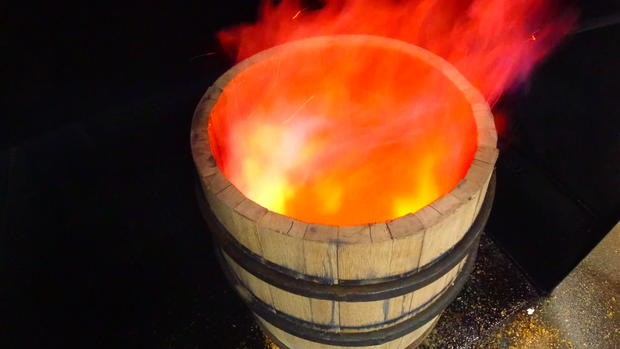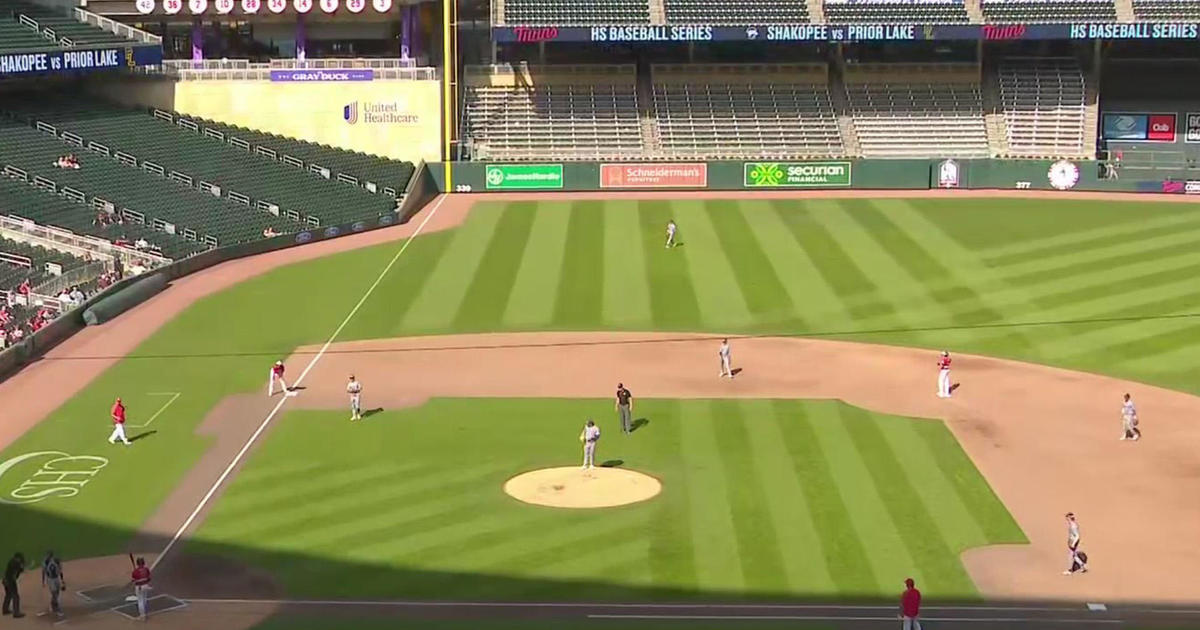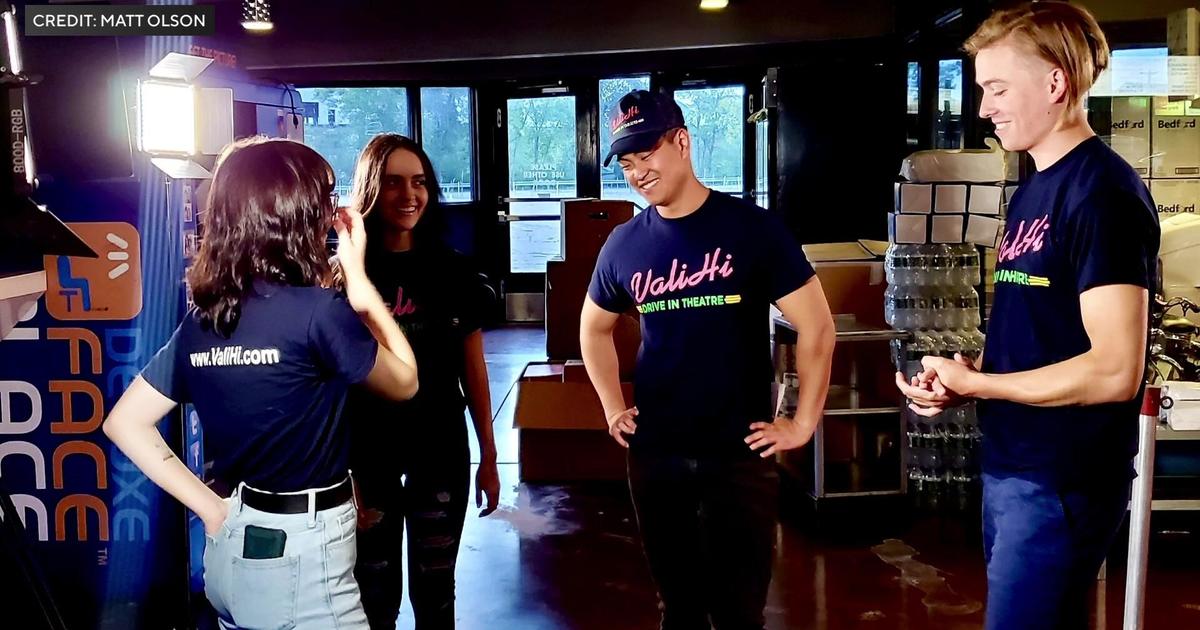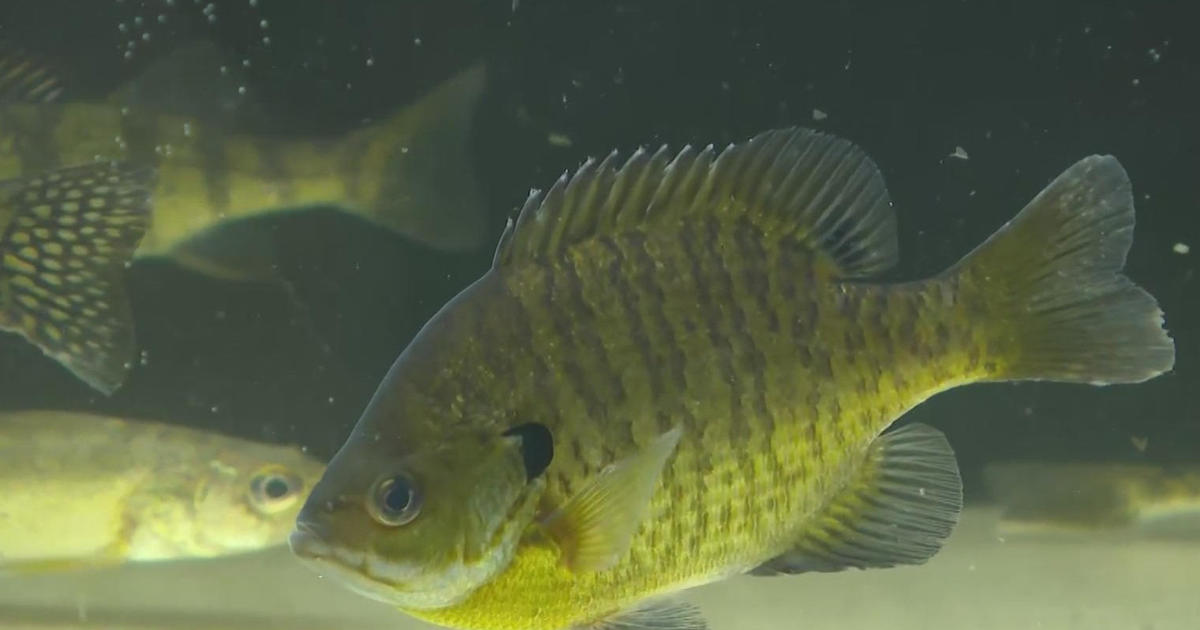Minnesota Barrel-Makers Using Ancient Craft To Bring New Flavors To Whiskey
PARK RAPDIS, Minn. (WCCO) -- As distilleries pop up across the state, barrel-makers are keeping busy.
At Black Swan Cooperage in Park Rapids, a flavorful whiskey starts with a flavorful wood.
"It starts with white oak. The two reasons are it tastes good and it doesn't leak," said Black Swan's Heidi Korb. "A lot of that flavor in your whiskey comes from the barrel. Some might say at least 80% of it comes from the barrel."
Heidi and her dad, Russ Karsh, began making barrels together in 2009.
"I'm the luckiest guy on earth. My daughter, I get to work with her every day," Russ said.
Prior to teaming up with Heidi, Russ built log cabin homes before turning to a much different kind of wood-working.
"There aren't that many people that are making barrels right now," Russ said.
He found a niche, and over the years business has definitely "rounded into form."
The father-daughter duo has now delivered whiskey barrels to all 50 states and 11 different countries. Their team of 12 employees worked non-stop through the pandemic, all while dealing with a wood shortage.
The coopers, as they're called, start by quarter-sawing the white oak. The logs are then turned into staves which become the foundation for the barrels. The staves dry for about a month.
There are four, different ways to give a barrel its shape. At Black Swan, they do water bending by putting the staves in water that can reach up to 160 degrees.
"That heats up the wood so that it makes it more pliable and easier for us to bend into that barrel shape," Heidi said.
After the metal rings are added, the last couple steps might be the most important.
"The main difference between a wine and a whiskey barrel is that a wine barrel is just toasted and a whiskey barrel typically is just charred," Heidi said.
At Black Swan, they do both. Sometimes toasting a barrel for an hour and a half before charring it.
"It's really all about the flavor," Heidi said. "And when it smells right, that's when it's done."
"Instead of putting the spirit in the barrel, we're trying to put the barrel, or the wood, in the spirit," Russ said.
Some of the equipment they use is more than a 100 years old. And while the shape hasn't changed in 3,000 years, wood shortages have forced Black Swan to think outside the barrel. They even invented a honeycomb wood alternative which combines science and flavor.
"The infusion of the sugars and the tannins that are in the wood will go nine times faster extracting or penetrating from the in-grain as opposed to the side-grain," Russ said.
The process is labor-intensive and the goal is to produce more than 100 barrels a day, all while appealing to changing pallets and a new generation of whiskey drinkers.
"The young people are demanding new flavors and we're able to produce some really, really unique products that help our distilleries do that," Russ said. "It' a fun and exciting time."
To put in perspective how labor intensive this is, only about 40 cooperages in the entire country produce more than 10 barrels a day. Black Swan sells a lot of their barrels to Minnesota distilleries such as Tattersall, Far North and Rockfilter.




